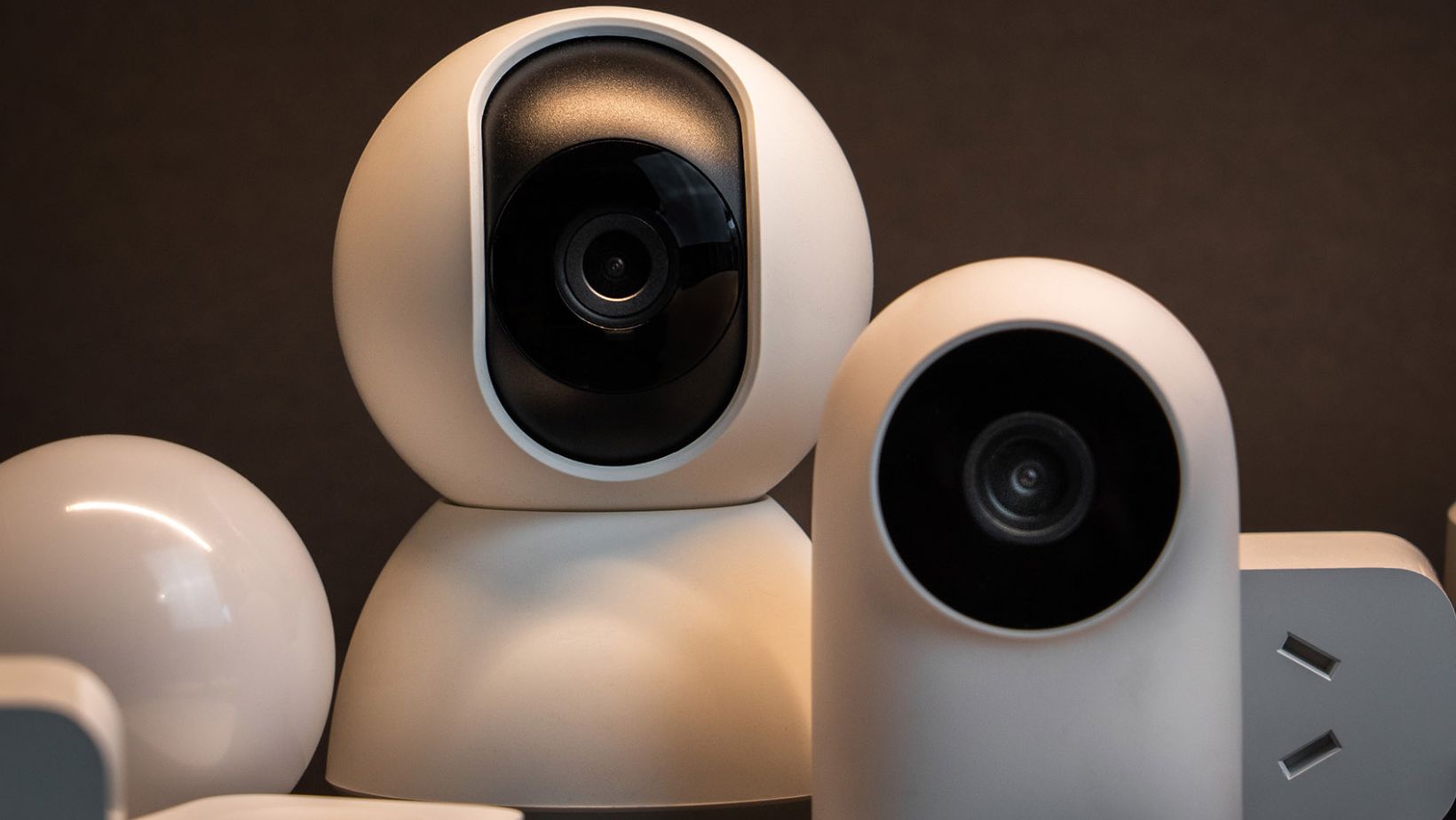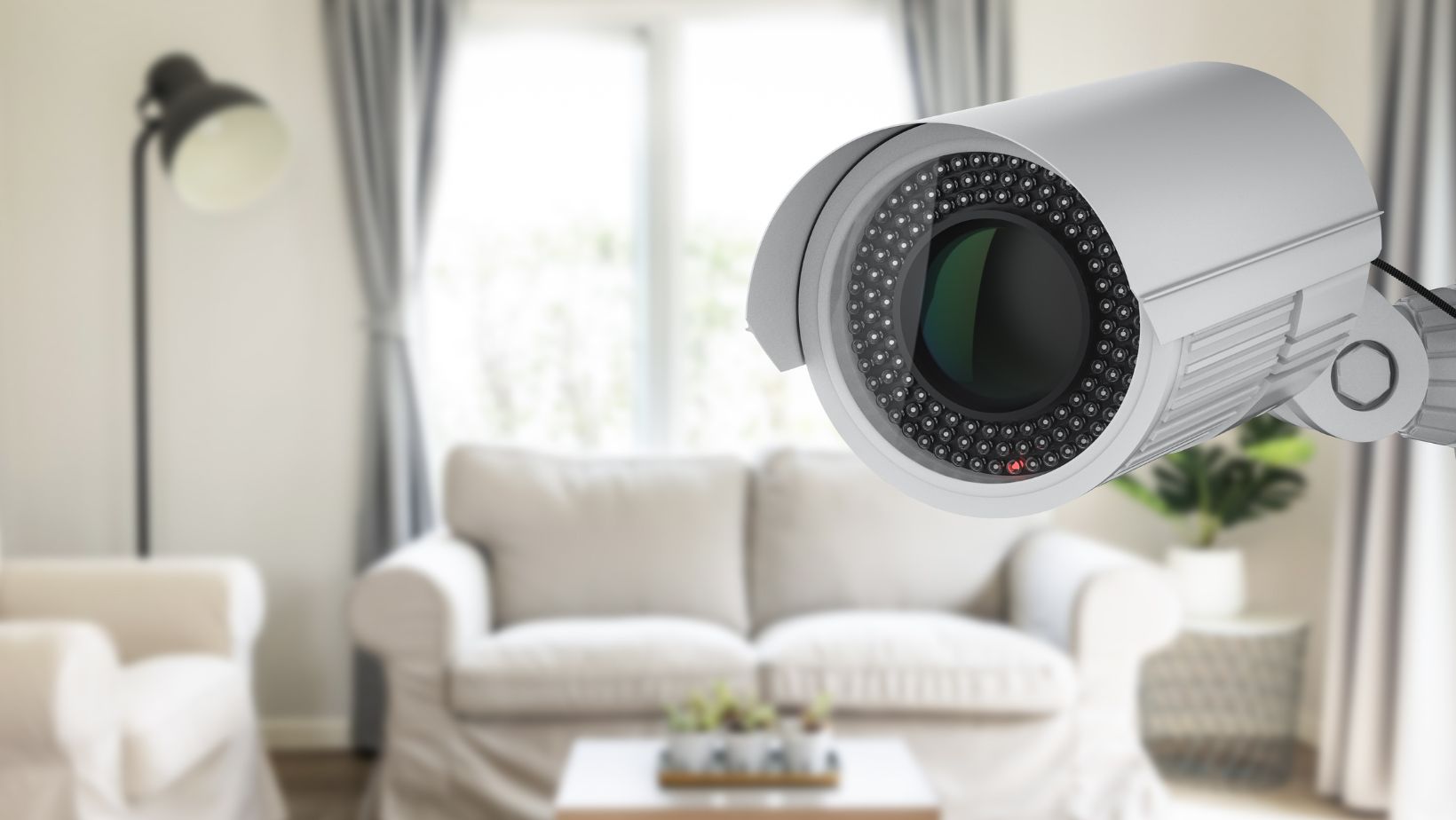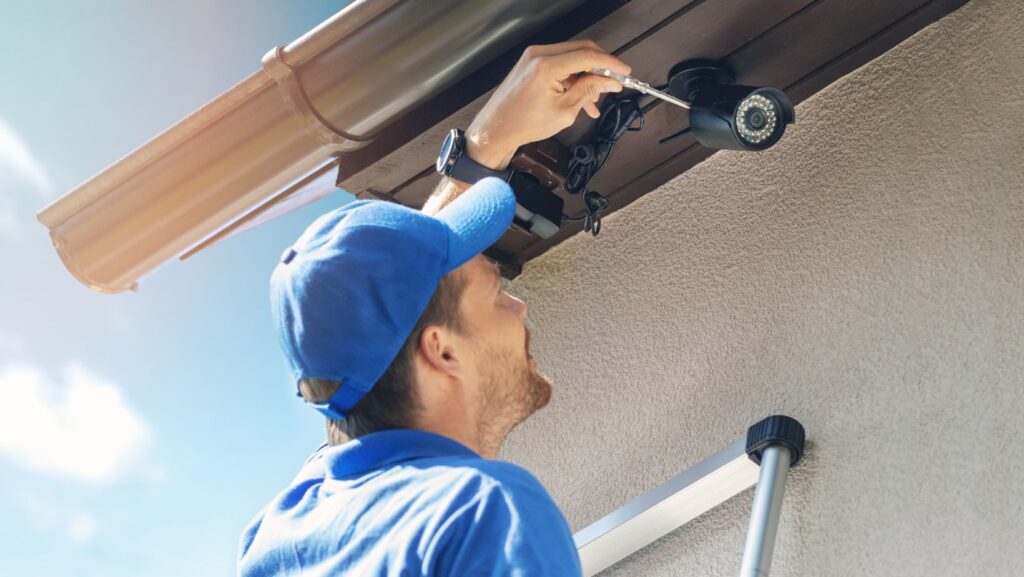In today’s world, nothing’s more crucial than the safety of our homes. As an experienced home security expert, I’ve seen firsthand how a well-installed security camera can make all the difference. This article will delve into the nuts and bolts of home security cameras installation, helping you safeguard your home effectively.
Home Security Cameras Installation
You’ve got your cameras ready, you’re motivated to boost your home’s safety, now let’s dive into the installation process.
- Plan Camera Locations: Go around your house, identifying vulnerable spots such as entrances, windows, and secluded areas. Outdoor cameras deter nefarious activities while indoor cameras capture any unusual happenings inside your home, providing evidence, if necessary.
- Install Mounting Bracket: Once you’ve determined the camera placements, set up the mounting bracket. Align it properly, drilling holes for screws. Its firm installation ensures the camera stays securely in place.
- Set Up the Camera: Here’s where you assemble your camera. Attach it to the mounting bracket, adjusting its angle to maximize its field of view. For those of you with wired cameras, connect them to the power source and the digital video recorder (DVR).
- Connect to the Network: For digital or wireless cameras, follow these steps. Connect the device to the Wi-Fi network, entering the correct credentials. After that’s done, the camera is online and ready to record.
- Test the System: Lastly, always verify the system. Check that each camera streams well, the views are optimal and recorded footage stays safe.
Remember, while the installation process itself might seem daunting at first, it’s certainly manageable with the correct guidelines. This guide outlines these steps, simplifying it for even the most tech-wary among you.
Planning Your Home Security Camera Installation

Having highlighted the significance of well-executed security camera installation, planning presents the initial crucial step. Before attaching those cameras, conduct a thorough review of your home. You’re not just locating spots to mount cameras, but rather, you’re identifying critical areas that require monitoring.
Three different areas require close consideration. Firstly, cover entrance and exit points, those critical spaces where people come in and out. These include front doors, back doors, sliding doors, and garage entrances. Secondly, focus on high-traffic indoor areas. Living rooms and hallways usually fit into this category, as they often link different rooms. Lastly, don’t overlook the home’s exterior, such as the back yard or driveway, which can sometimes be a hidden entrance point for burglars.
Also, consider the camera’s viewing angle. For instance, a camera with a wide angle of view around 180 degrees can cover larger areas, providing more comprehensive surveillance.
Understanding Home Security Cameras

Primarily, indoor cameras differ from outdoor ones. For instance, outdoor models are robust, withstand adverse weather conditions, and usually possess wider viewing angles to observe large outdoor spaces. On the contrary, indoor models are compact, offer finer detail at closer distances, and often include features such as two-way voice communication.
Secondly, understanding resolution is key. Higher resolution cameras provide clearer images, useful for identifying intruders or dangerous situations. Most modern cameras offer HD resolution, while some higher-end models offer 4K resolution for superior image clarity.
Lastly, a good understanding of camera power sources is essential. Cameras either run on battery power, making them flexible to mount anywhere, or require wired installation for continuous operation.
Enhancing Home Security Beyond Cameras
It’s clear that home security cameras are a vital tool in protecting our homes. They provide peace of mind, deter potential intruders, and offer crucial evidence if needed. But remember, it’s not just about installing them. It’s about understanding their capabilities and making the most of their features.
However, security doesn’t stop at cameras. There are additional measures to consider, like alarm systems, smart locks, or motion sensors, to further strengthen your home’s defense. So, let’s get started on enhancing our home security. Because at the end of the day, there’s no price too high for peace of mind.

